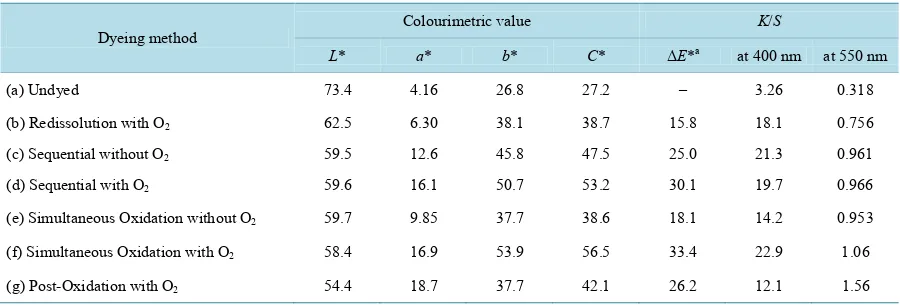[NORMAL] The Relationships between Dyeing Methods and Dyeability in Hair Colouring by Utilising Enzymatic Oxidation of (+) Catechin
Full text
Figure




Related documents
The results of the present study contribute to the literature on racial microaggressions by providing support for the injurious impact it has for Asian Americans and continues
Skolkovo Technopark R&D centers of industrial partners (Trans- mashholding, CISCO) and IT-cluster Apartments, offices and
The objective of this research was to determine the impact of four winter cover crop treatments (no cover crop, hairy vetch, winter wheat, and crimson clover) and two
Under the 1961–1990 climatic conditions the ice cap evolves to a steady state that is close to observations in terms of ice cap geometry (extent and ice thickness), ice temperature
We will also discuss about, what is research, scientific research (types of scientific research (explorative, descriptive, and explanatory), and recent research
Proceedings of the Proceedings of the ACL Workshop on Computational Approaches to Semitic Languages, pages 25?30, Ann Arbor, June 2005 c?2005 Association for Computational
